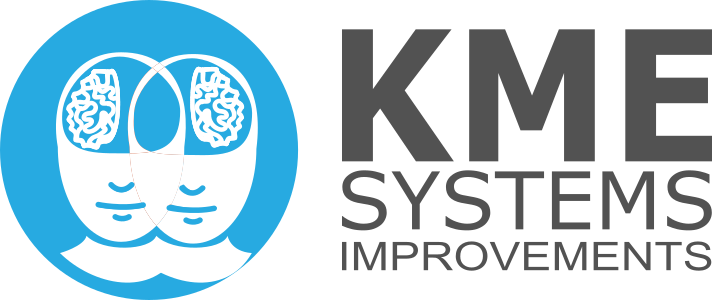New Innovation Process
Declining market share led to the development and implementation of a new, more robust innovation methodology, accompanied with new tools/ approaches, measures and management system to drive a balanced portfolio across three innovation platforms - breakthrough, differentiating and sustaining innovations.
Innovative planning methodology - 4° of Freedom
Planning processes are complicated, boring, and not human-centered. This discovery, along with many insights led to the development of a proprietary strategic planning methodology to guide business leaders with a simple & actionable planning and governing approach. Let’s face it, all companies have employees, and all people have an intellectual and emotional capacity, but rarely are these two competencies integrated. This new process aligns the needs of the business more closely with the heart and soul of the people with a clear plan for long-term profitability.
User Centered Design Methodology
Product commoditization led to the need to integrate design thinking methods and techniques into a global product and service design process; which included a new process with step-by-step clarity in a “how to” document. It also led to clearer job role/responsibilities and training and a governance with measurements to ensure repeatability and enable a better customer understanding, product differentiation and sustainability.
Multi-Brand Business Model Design initiative
Customers did not easily or intuitively understand the companies different brand offerings, because their practices and business model design. This led to poor customer experiences, friction and ultimately lower “wallet share”. We examined the business model, identified the gaps, and established a clear set of recommendations and implementation plan, with measures to redesign the business model and drive towards the growth goals of reduced friction and higher wallet share.
Different Strategic Planning Approaches
Having a clear plan, and executing it is more than 80 percent of a leader’s and organization’s challenge. We have facilitated numerous and different organizational change management and planning approaches that always resulted in a set of priorities, required resources, and a defined plan for all employees and other stakeholders to execute.
Lean Enterprise System Cultural transformation
Commodity tier II automative supplier lost traction with their continuous improvement initiatives. This led to an assessment, development, and launch of a new holistic business model patterned after the legendary Toyota Production System and nationally recognized Shingo Award. As it was implemented, the results were higher quality and productivity accomplishments as well as lower costs, improved safety and morale metrics.
Repeatable Lean Kaizen Methodology
Inconsistent continuous improvement practices and results led to the development and implementation of a new lean improvement methodology, handbook and electronic file management system to systematically drive out “waste” and improve the businesses performance.
Innovative Continuous Improvement methodology and tools
Continuous improvement capacity constraints prevented employee improvement ideas from being more readily implemented. This led to the creation and implementation of an innovative visual management system that averaged more than 1,500 completed employee-initiated improvement projects per year, which resulted in lead time, scrap and productivity improvements.
Lean-Service Value Stream Management
The new strategy of value-stream thinking and improvements required a new management approach to sustain the suggestions generated from the on-going value-stream workshops. This strategy drove an operational need to continuously analyze and design improved information, product and people flows necessary to provide valued products and services to the customer base.
New advanced Lean design process (3P)
New product development ideas often caused the need to rethink the business model for how products were quoted, sold, designed, manufactured and distributed. This led to the development and implementation an advanced lean product development technique to shorten development time to market and achieve breakthrough changes to the production system while simultaneously reducing costs and increasing quality benchmarks.
Horizontal Business Process Model
Declining market share, customer responsiveness and increased costs led to the necessity to transform the organization’s business model. This recognition led to culture change and the reengineering of the business on many levels such as: new jobs roles, revised/ new organization & team structures, new knowledge & skills identified, new tools, techniques and technologies for conducting the business and a new way of visualizing, measuring, and managing customer requirements and profitability targets.
Automated Enterprise Business management System
The organization had many layers, levels and categories of strategies, initiatives and measures to keep track of…way to many to keep track of; which led to the development and implementation of an automated, technology-based management system to run the business, including an analytical management process to help in the decision-making and a connectivity to all employee performance plans.
Holistic Sales Operating System
Selling consistency, efficiency, risk and profitability management led to the development and launch of a systematic approach for generating and qualifying leads, selling products and services and managing client relationships to achieve forecasted financial objectives.
Innovative value-based Pricing Methodology
Commodity market behavior drove the need for this organization to rethink its pricing strategy and methodology. This led to the development of a new target pricing approach which transformed user-needs into product design functional cost targets for development and manufacturing viability.















